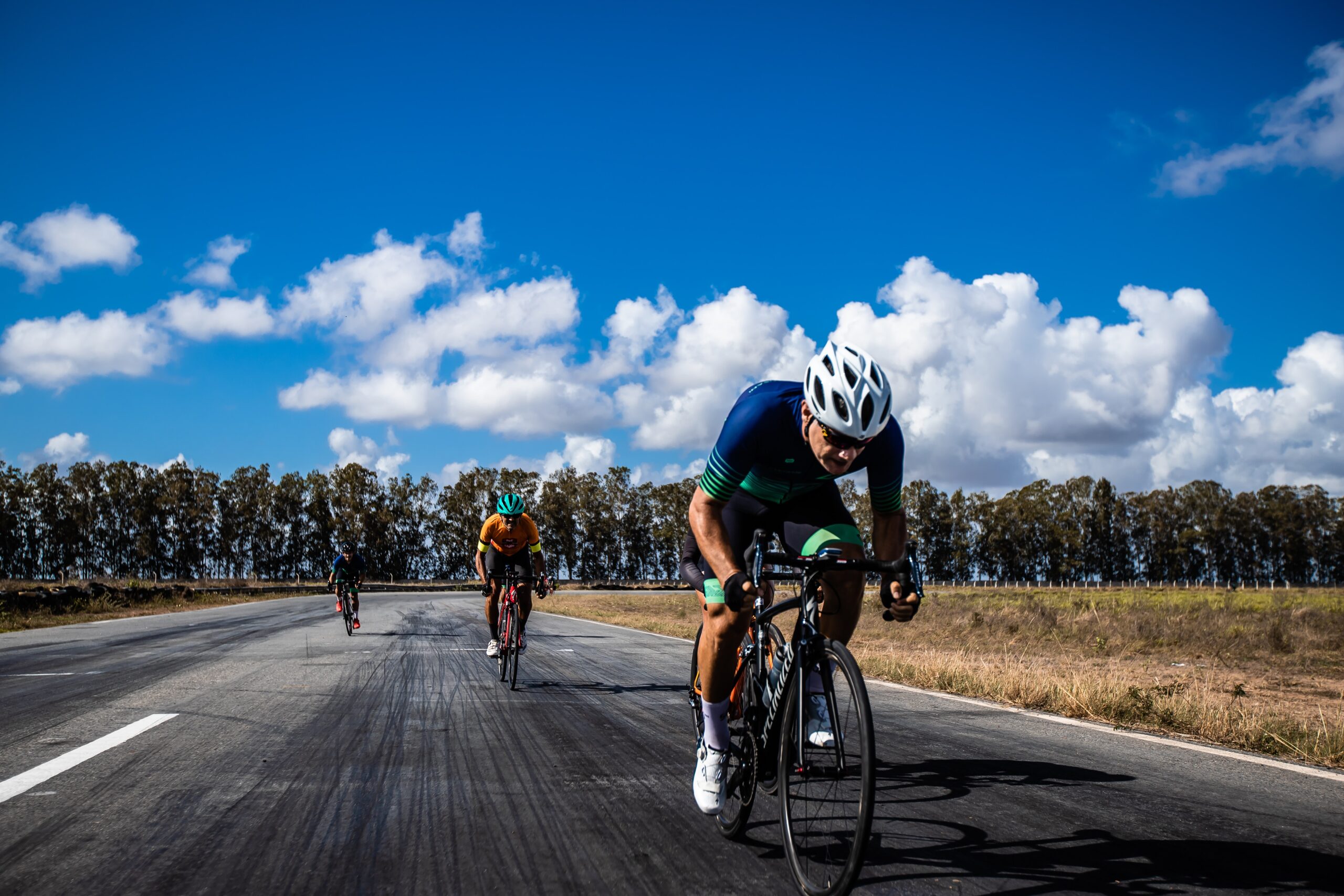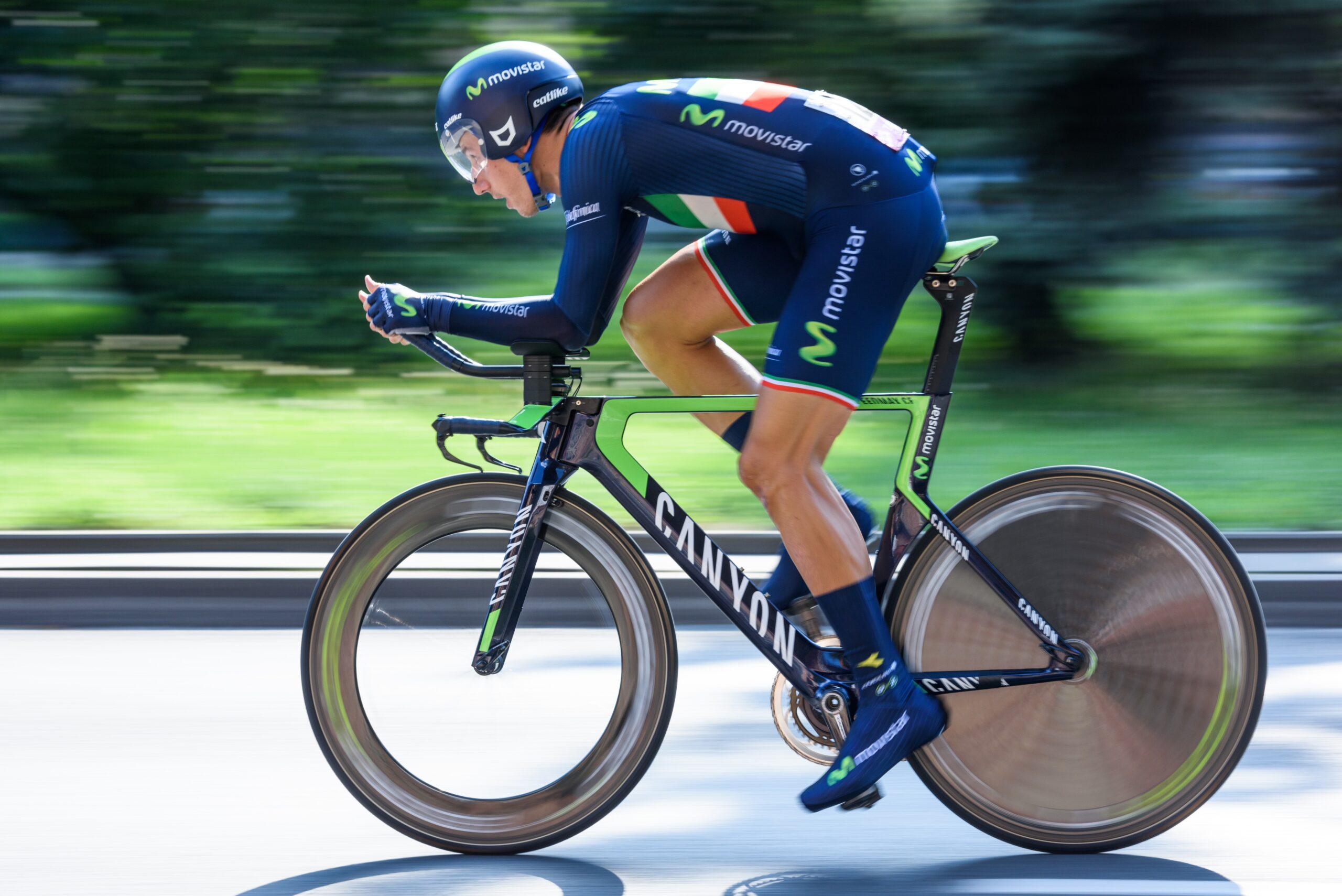Zone 6 workouts are sessions performed at extremely high intensities. These are very demanding and typically shorter (interval) sessions with long recovery intervals, aimed at improving your power at high intensities.
Energy System
All workouts at Science2Move are structured using personalized training zones. These zones are determined through a maximal ramp test, during which changes in your energy systems are carefully analyzed. However, zone 6 cannot be determined directly from this test. In a graded ramp test of around 15 minutes, you reach your maximum aerobic power (VO2max, zone 5). However, when sprinting, you can go significantly faster or produce more power. Zone 6, therefore, includes everything between the highest test values (zone 5) and your absolute sprint power.
At these exercise intensities, the anaerobic system makes a major contribution to the energy demand. Due to the large energy need in a short time, the phosphate system also plays a crucial role. This rapid demand for energy means that nutrients are broken down incomplete, leading to the production of large amounts of waste products.
During zone 6 interval workouts, the body cannot sufficiently buffer or break down these waste products. As a result, waste accumulates rapidly in the muscles and bloodstream, eventually negatively affecting your performance. With the high contribution of the anaerobic systems, the body relies primarily on carbohydrates, phosphocreatine, and free ATP to meet energy demands. Carbohydrates are mostly broken down into lactate, which can (later) be processed by the aerobic system to provide energy.
When you have downloaded a training program from Science2Move on TrainingPeaks, we will use general training zones, based on FTP and the principles of zone 1. The exercise intensity will approximately be in the range of:
- Bike power: 120-max % FTP (up to max)
- Bike HR: – (HRmax)
- Run pace: 111- max % FTPa (up to max)
- Run HR: – (HRmax)
What Are You Training?
Cycling and endurance running are largely aerobic in nature—most energy is produced using oxygen. However, that doesn’t mean it isn’t beneficial to also train anaerobic (oxygen-independent) processes. Think of short climbs, breakaway efforts, sprints, criterium racing, or intense mountain bike trails.
Performance in anaerobic sports is primarily determined by:
skills and coordination
maximum strength and rate of force development
maximum anaerobic power
maximum anaerobic capacity
Maximum Anaerobic Power
Maximum anaerobic power is the amount of energy that can be produced per unit of time (e.g., per second). It is primarily determined by the speed at which energy can be generated via anaerobic processes. This intensity can typically be sustained for only 2 to 3 seconds.
You can train maximum anaerobic power with sprint intervals of around 30 seconds. Muscle and blood lactate levels reach extremely high values, so sufficient (active) rest between intervals is essential. Such intervals may also improve your ability to tolerate waste products, which in turn impacts your maximum anaerobic capacity.
Maximum Anaerobic Capacity
The maximal anaerobic capacity is the total amount of energy that can be produced anaerobically—usually for 30 to 45 seconds. It largely depends on the amount of stored fuels in the muscle cells and how well your body can cope with fatigue, which is partly caused by waste accumulation. Recovery from this type of exertion depends mainly on aerobic processes. A solid aerobic foundation therefore also supports recovery between anaerobic efforts.
Maximum anaerobic capacity can also be trained with 30-second sprint intervals. This type of training influences muscle ion balance and muscle buffering capacity. Improved buffering capacity helps the body better handle acidosis. Additionally, this training can increase the stores of certain energy substrates in the muscles.
Source: MacDougall, D., & Sale, D. (2014). The Physiology of Training for High Performance. Oxford University Press, USA.
Nutrition & Hydration
If you frequently train in zone 6, nutrition becomes very important. You burn a significant amount of carbohydrates, which are only stored in limited amounts in your muscles and liver. Once these reserves are depleted, you’re no longer able to sustain even zone 3 efforts. This is known as “hitting the wall”, or “bonking”. Since your brain also relies on carbohydrates, it’s crucial to keep replenishing them. Also, be sure to stay well hydrated—especially in warm conditions or when it’s windy, as fluid loss can be high.
Learn more: https://victus.sport/en/ecosystem/?ref=otzhztb










